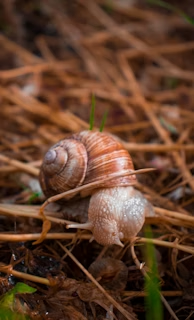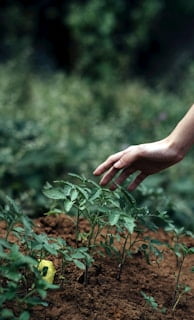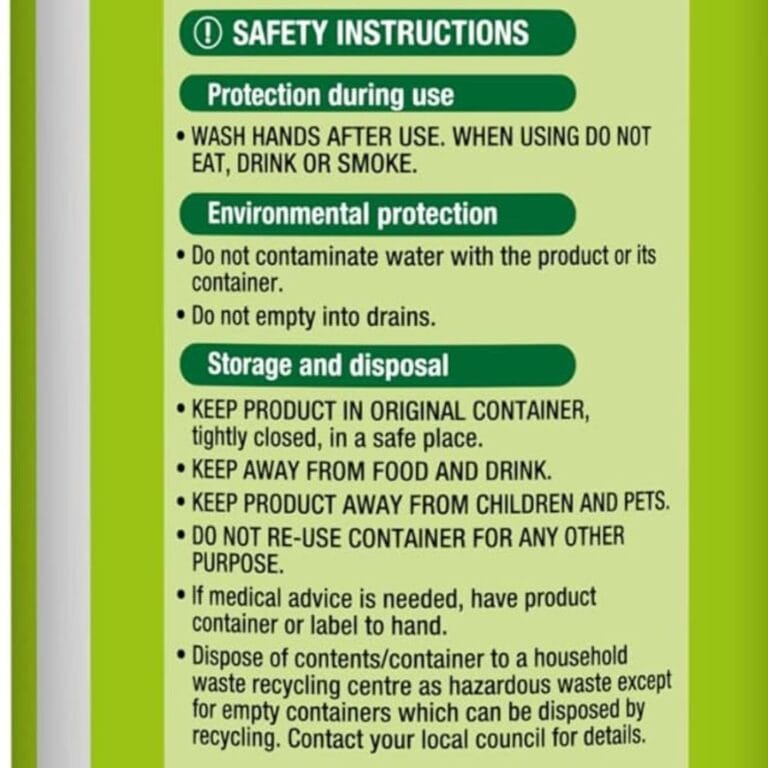Understanding Slug Pellets.
Three types of slug pellets


Slug pellets are generally designed to attract and kill slugs and snails. They typically contain an active ingredient that is toxic to slugs, such as metaldehyde or iron phosphate. When slugs consume the pellets, they are poisoned and eventually die.
Types of Slug Pellets:
- Metaldehyde Slug Pellets:
- Metaldehyde is a common active ingredient in slug pellets. It is highly effective at killing slugs but can also be toxic to other wildlife if ingested in large quantities. It has widespread use in agriculture and gardening.
- Metaldehyde Slug pellets are typically blue or green in colour and should be used sparingly to avoid harming non-target species.
- They should also not be used next to water sources and are banned in the UK and many other countries due to their risk to waterways and wildlife including pets.
- Iron Phosphate Slug Pellets:
- Iron phosphate is considered a safer/legal alternative to metaldehyde, as it is less toxic to pets and wildlife, but more toxic to earthworks.
- These pellets work by disrupting the slug’s digestive system, leading to its death, it doesn’t stop their slime production unlike metadehyde pellets, so they often crawl away and die after 3-6 days.
- Iron phosphate pellets are usually beige or brown in color and are less likely to harm beneficial insects.
- Organic Slug Pellets:
- Organic slug pellets often contain ingredients like garlic, seaweed, wool, or diatomaceous earth, which are believed to repel or deter slugs without harming other wildlife. However there’s no evidence to suggest they have any effect.

Above is a warning label from the best-selling slug pellet packaging in the UK. If you read it carefully, it becomes clear that these should really be seen as a last resort for use in your garden, if at all. Slug pellets offer a short-term solution, and the focus should be on prevention rather than relying on them.
If you’re aiming to create an environmentally friendly, dog-safe, and cat-safe garden while also protecting your plants from slugs and snails, I highly recommend exploring alternative methods first.
For more natural ways to protect your garden, check out my post: “3 Steps to a Slug-Free Garden: A Comprehensive Guide.“